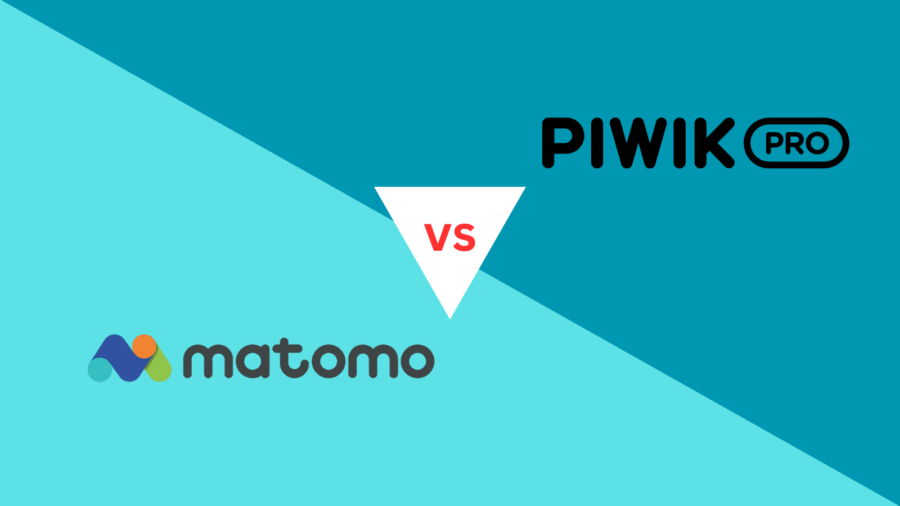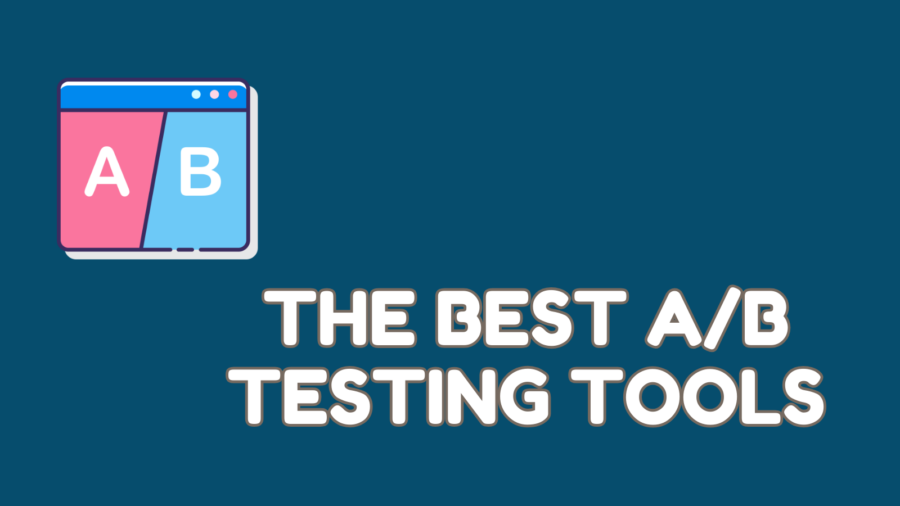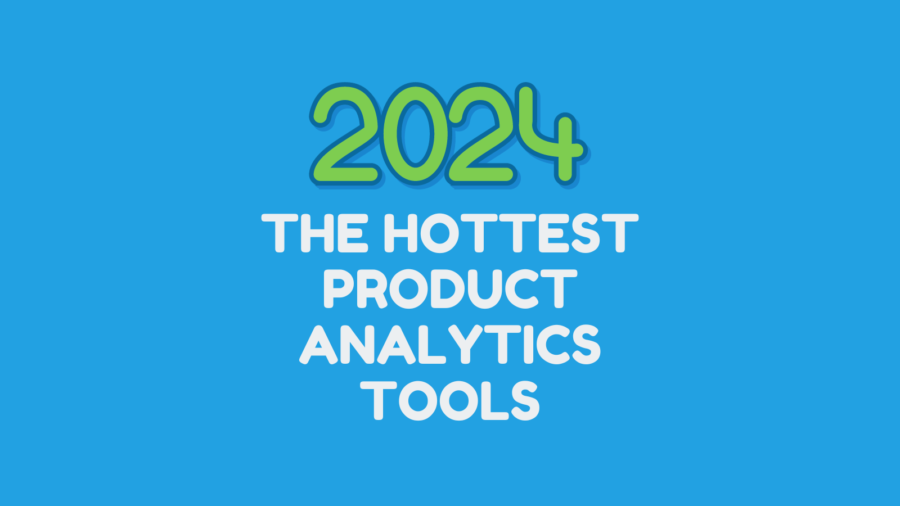Introduction: The Quest for Data-Driven Product Excellence
Data-driven insights are the foundation of success. Product analytics tools have emerged as indispensable assets, empowering Product Managers and stakeholders to understand user behavior, optimize product experiences, and drive business growth. Among the leading players in the product analytics space are Google Analytics and Pendo, each offering unique features and capabilities to support product teams. This comprehensive comparison will delve into the functionalities, advantages, and limitations of Google Analytics and Pendo, helping product managers and stakeholders select the most suitable tool to fulfill their specific needs and objectives.
Understanding Google Analytics: Empowering Web and App Analytics
Google Analytics: A Comprehensive Web Analytics Platform
Google Analytics is a widely adopted web analytics platform that provides essential insights into user behavior on websites and mobile applications. With its easy-to-install JavaScript tracking code, product managers can capture valuable data on user interactions, page views, bounce rates, and more. Google Analytics offers a wide range of reports and visualizations, enabling product managers to effectively understand user engagement, traffic sources, and conversion rates.
One of Google Analytics’ standout features is its integration with the broader Google ecosystem, including Google Ads and Google Search Console. This integration allows product managers to comprehensively view user acquisition, behavior, and conversion data. Additionally, Google Analytics’ customizable dashboards and real-time reporting empower product teams to monitor key metrics instantly, aiding in rapid decision-making and performance optimization.
Google Analytics’ Strengths:
Google Analytics excels in its comprehensive web and mobile app tracking capabilities. The platform provides a wealth of data on user behavior, enabling product managers to identify high-performing pages, assess user flow, and discover opportunities for improvement. The integration with Google Ads also facilitates in-depth analysis of advertising performance and ROI, guiding marketing strategies to attract and retain valuable users.
Google Analytics’ robust segmentation features allow product managers to create targeted cohorts based on user behavior and attributes. This segmentation enables personalized user experiences, helping product teams tailor content and offerings to specific user groups. Moreover, with its seamless integration with other Google products, Google Analytics offers a holistic approach to understanding user interactions and marketing performance.
Understanding Pendo: Driving User Engagement and Product Adoption
Pendo: An All-in-One Product Analytics Platform
Pendo is a versatile and powerful product analytics platform designed to help product teams understand user behavior within web and mobile applications. Through the utilization of JavaScript snippets and software development kits (SDKs), Pendo captures detailed data on how users interact with the product. The platform then presents this data through interactive visualizations, including heatmaps and session recordings, offering product managers deep insights into user engagement and interactions.
One of Pendo’s standout features is its potent in-app messaging and nudging capabilities. Through targeted messages, surveys, and walkthroughs, product managers can guide users through onboarding, increase feature adoption, and promptly address pain points. Additionally, Pendo’s native user feedback collection mechanisms, such as Net Promoter Score (NPS) surveys and in-app polls, provide valuable insights into user sentiment, enabling product teams to make informed decisions. Pendo’s focus on user engagement and feature adoption optimization makes it an excellent choice for product teams seeking to prioritize user satisfaction and retention.
Pendo’s Strengths:
Pendo’s core strengths lie in its in-app messaging, feature-specific analytics, and user feedback collection. The in-app messaging feature empowers product managers to communicate directly with users, offering guidance, answering questions, and encouraging specific behaviors. This capability enhances user onboarding and drives product adoption by ensuring users understand the product’s value and how to utilize its features effectively.
Additionally, Pendo’s feature-specific analytics allow product managers to better understand how users interact with individual product features. This insight aids in identifying popular features, areas for improvement, and potential pain points, ultimately guiding product development efforts. Moreover, the native user feedback collection mechanisms enable product teams to gather real-time feedback from users, helping them make data-driven decisions to improve the product continuously.
Feature Comparison: Google Analytics vs. Pendo
Data Collection and Integration:
Google Analytics and Pendo both offer robust data collection options. Google Analytics’ JavaScript tracking code is well-suited for web and mobile app data capture, while Pendo’s automatic event capturing and SDKs simplify data collection and eliminate manual tracking setup.
User Behavior Tracking:
Google Analytics excels in capturing web and mobile app interactions, offering insights into user behavior, page views, and bounce rates. Pendo, on the other hand, provides detailed session recordings and heatmaps, enabling product managers to visualize and understand user engagement and interactions.
In-App Messaging and Nudging:
Pendo leads in providing comprehensive in-app guidance with targeted messages, surveys, and walkthroughs. These features enhance user onboarding, feature adoption, and prompt issue resolution. Google Analytics does not offer the same level of in-app messaging capabilities as Pendo.
Data Exploration and Visualization:
Google Analytics offers a wealth of reporting and visualization options, providing a comprehensive view of website and app performance. Pendo’s focus is on interactive visualizations, including heatmaps and session recordings, providing insights into user engagement and interactions.
User Feedback Collection:
Pendo’s native feedback collection mechanisms, including NPS surveys and in-app polls, make it a leader in gathering user sentiment and feedback. Google Analytics does not offer built-in native feedback collection features.
Integration with Other Platforms:
Google Analytics excels in its integration with the broader Google ecosystem, providing valuable user acquisition and advertising performance insights. Pendo focuses on in-app analytics, and while it integrates with other tools, its strengths lie in the product analytics domain.
Pricing and Scalability:
Google Analytics provides a free version with basic features, making it suitable for smaller businesses and entry-level analytics needs. Pendo’s pricing is typically based on the number of active users, which could be a concern for rapidly growing products.
Conclusion: Leveraging Analytics for Product Success
In conclusion, both Google Analytics and Pendo are powerful tools that cater to diverse product analytics needs. Google Analytics’ strength lies in its comprehensive web and mobile app tracking, seamless integration with the broader Google ecosystem, and easy-to-use interface. This makes it an excellent choice for product teams seeking essential web and app analytics with broader insights into user acquisition and marketing performance.
On the other hand, Pendo shines in its focus on in-app analytics, providing interactive visualizations, in-app messaging, and user feedback collection. Product managers looking to optimize user engagement, drive feature adoption, and improve user experiences will find Pendo to be a valuable asset for their data-driven product strategies.
Ultimately, the choice between Google Analytics and Pendo depends on the specific requirements and objectives of the product team. By understanding each tool’s unique features and strengths, product managers and stakeholders can harness the power of product analytics to drive business success and deliver exceptional user experiences.
Check more comparisons from our Unraveling the Power of Product Tools series.
Know more about Google Analytics and Pendo.





